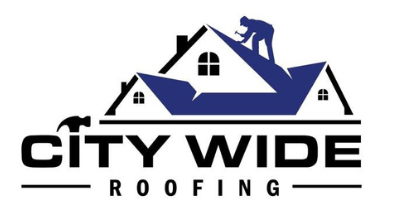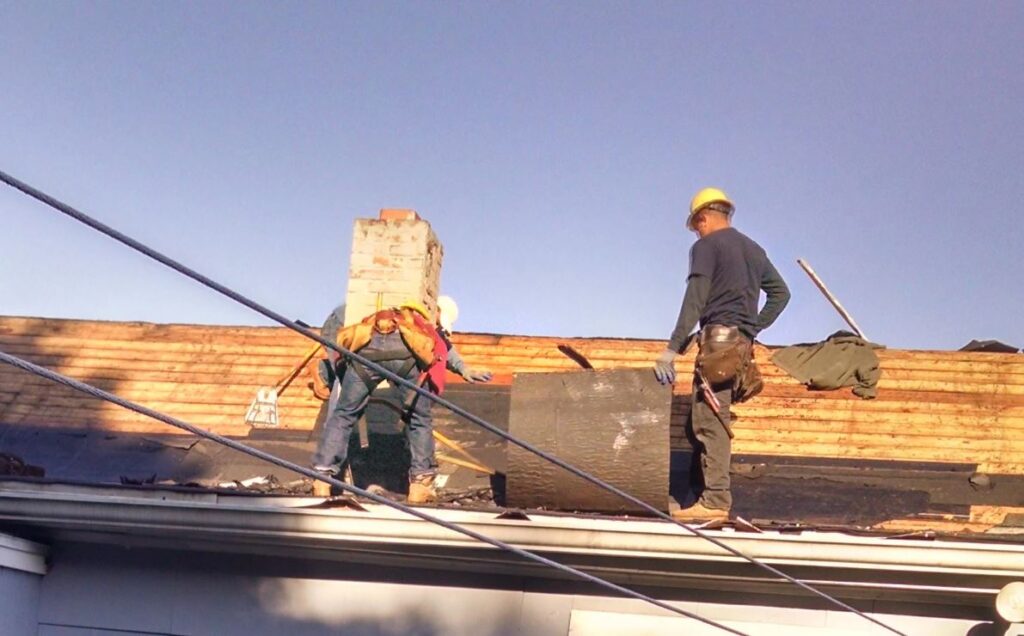The prospect of re-roofing one’s home can be a daunting task, particularly when confronted with the financial implications of such a substantial project. The correlation between ‘dollars and shingles’ is an intricate dance of balancing quality materials and skilled labor with the constraints of a predetermined budget. This intricate process, if not properly navigated, can result in an unfortunate compromise of either cost or quality.
However, with a well-informed understanding of the various elements that contribute to the overall cost of re-roofing, homeowners can effectively plan and manage their re-roofing budgets without sacrificing quality or breaking the bank. This guide aims to provide an in-depth exploration into the factors that drive re-roofing costs, equipping homeowners with the essential knowledge to make informed decisions.
The question then becomes – is it possible to maintain both the structural integrity of a newly installed roof and the financial stability of your budget? Let’s examine the possibilities.
Understanding Re-Roofing Costs
Delving into the details of re-roofing costs, it’s crucial to comprehend that these expenses encompass various factors including material type, labor, and potential repairs or replacements.
Material costs reflect the quality, durability, and aesthetic appeal of the chosen options.
Labor costs, on the other hand, pertain to the professional service charges that contractors levy for their expertise and craftsmanship.
Lastly, if your roof has underlying issues like rot or structural damage, the expense for necessary repairs or replacements will be added to your total bill.
Therefore, obtaining a comprehensive estimate from a reputable roofing contractor is highly recommended. This will ensure that you are financially prepared and can make informed decisions about your re-roofing project.
Planning Your Re-Roofing Budget
Having gained a thorough understanding of the various elements contributing to re-roofing costs, it is imperative now to meticulously plan your budget to ensure a smooth and financially feasible re-roofing project.
Begin by itemizing expenses such as materials, labor, permits, and waste disposal.
Be sure to set aside a contingency fund, typically 10-20% of the total cost, for unforeseen expenses.
Once you have a comprehensive cost breakdown, compare it against your available funds.
Should a shortfall exist, explore financing options like home improvement loans, credit cards, or line of credit.
Prioritize needs over wants, and be prepared to make compromises.


